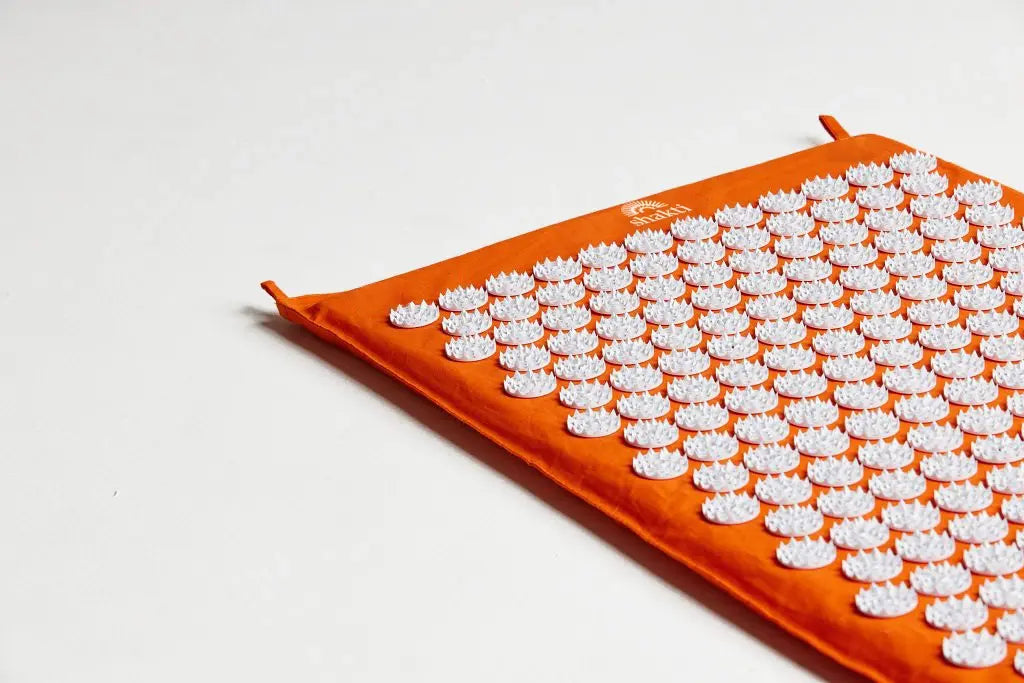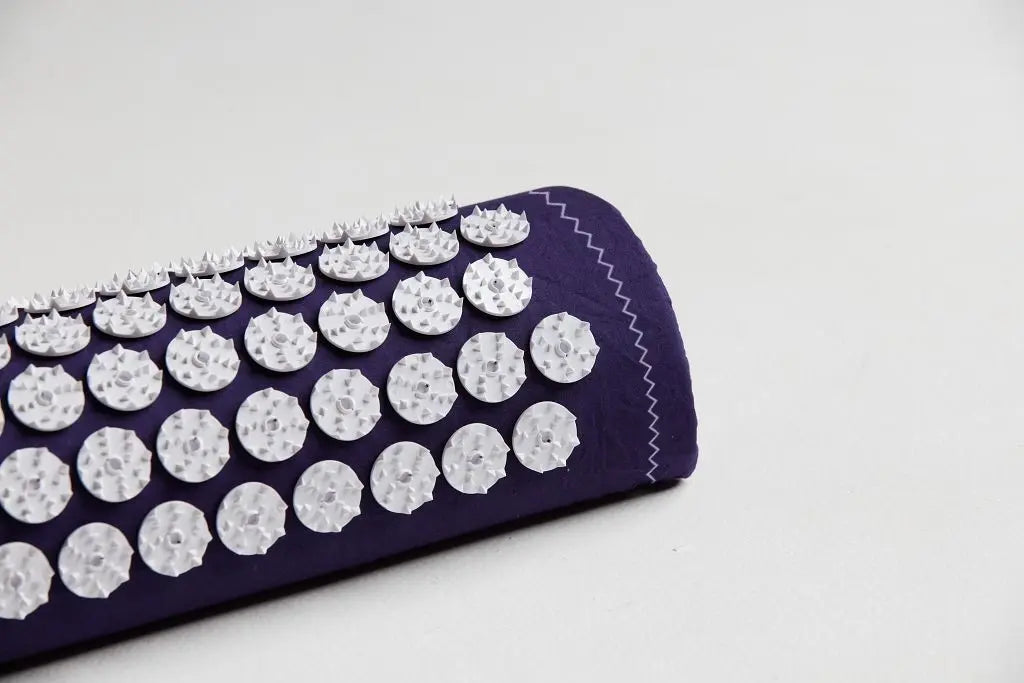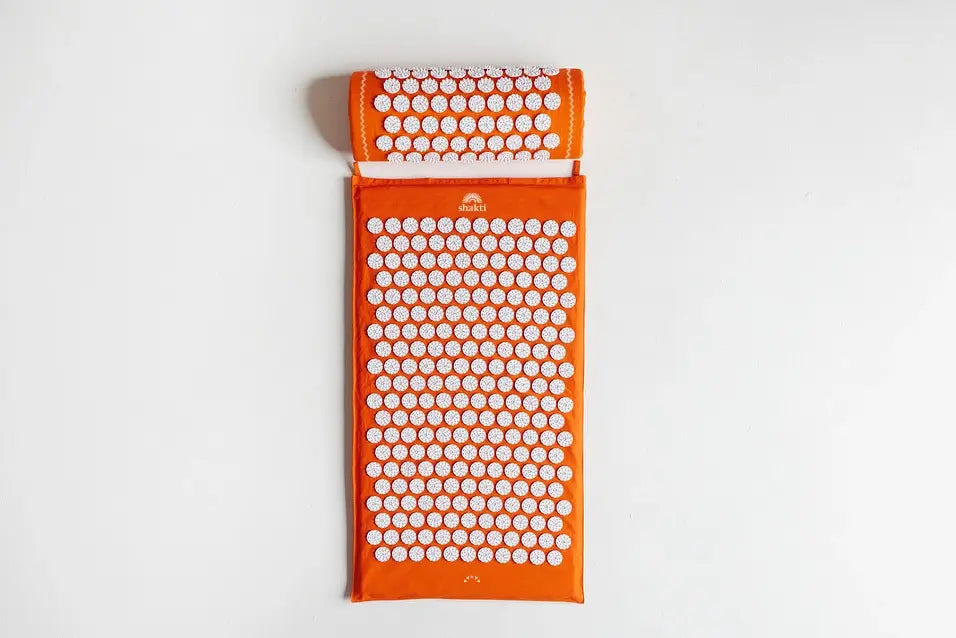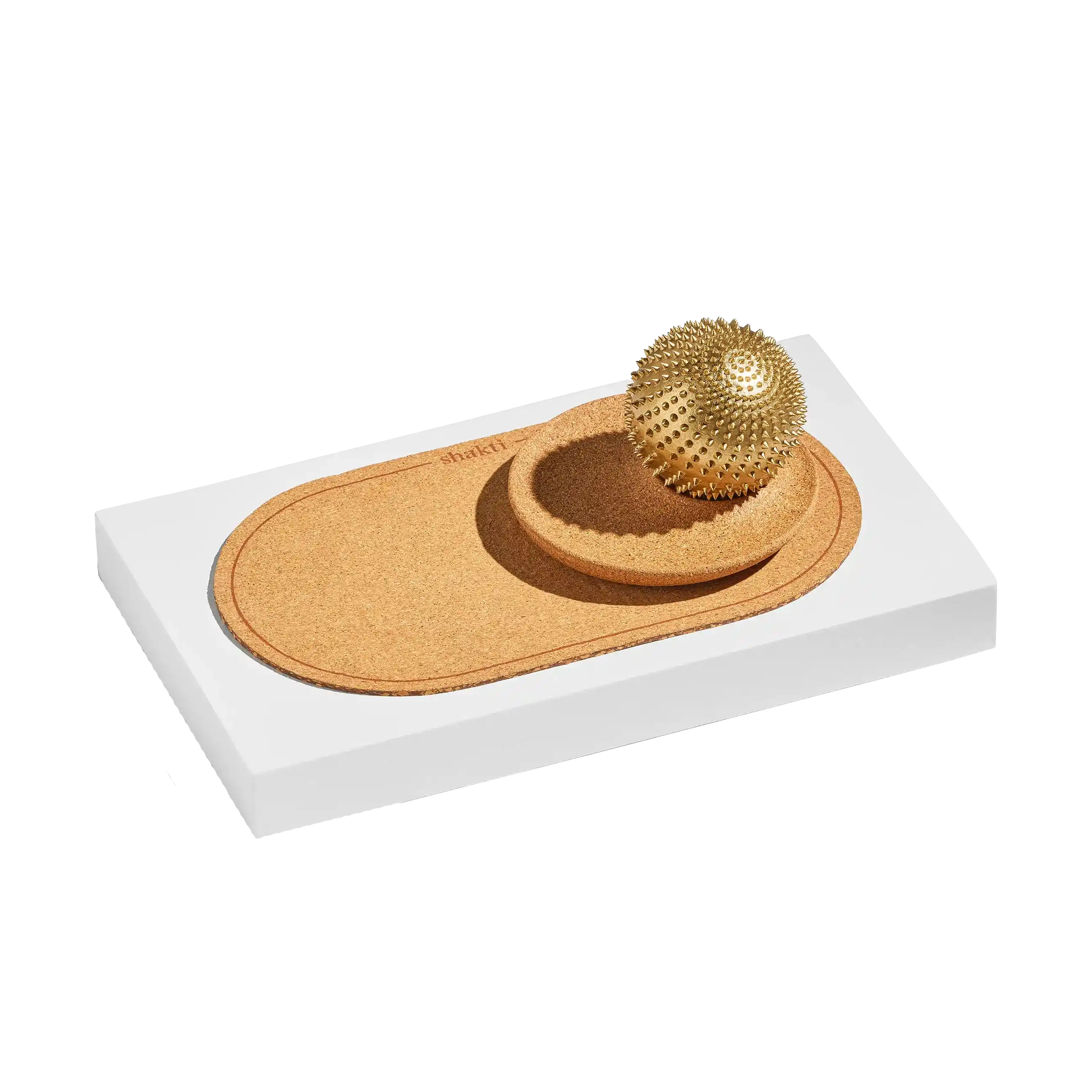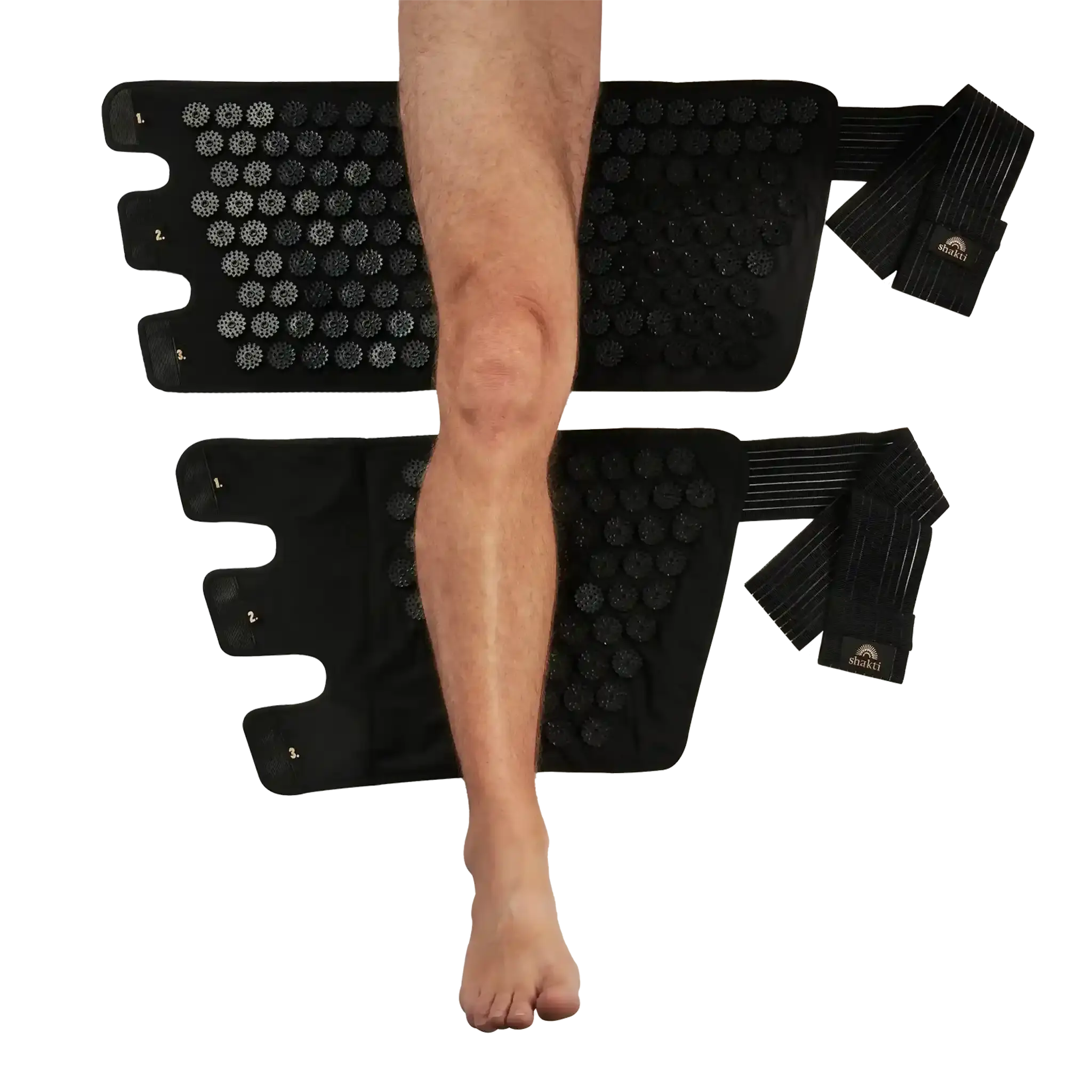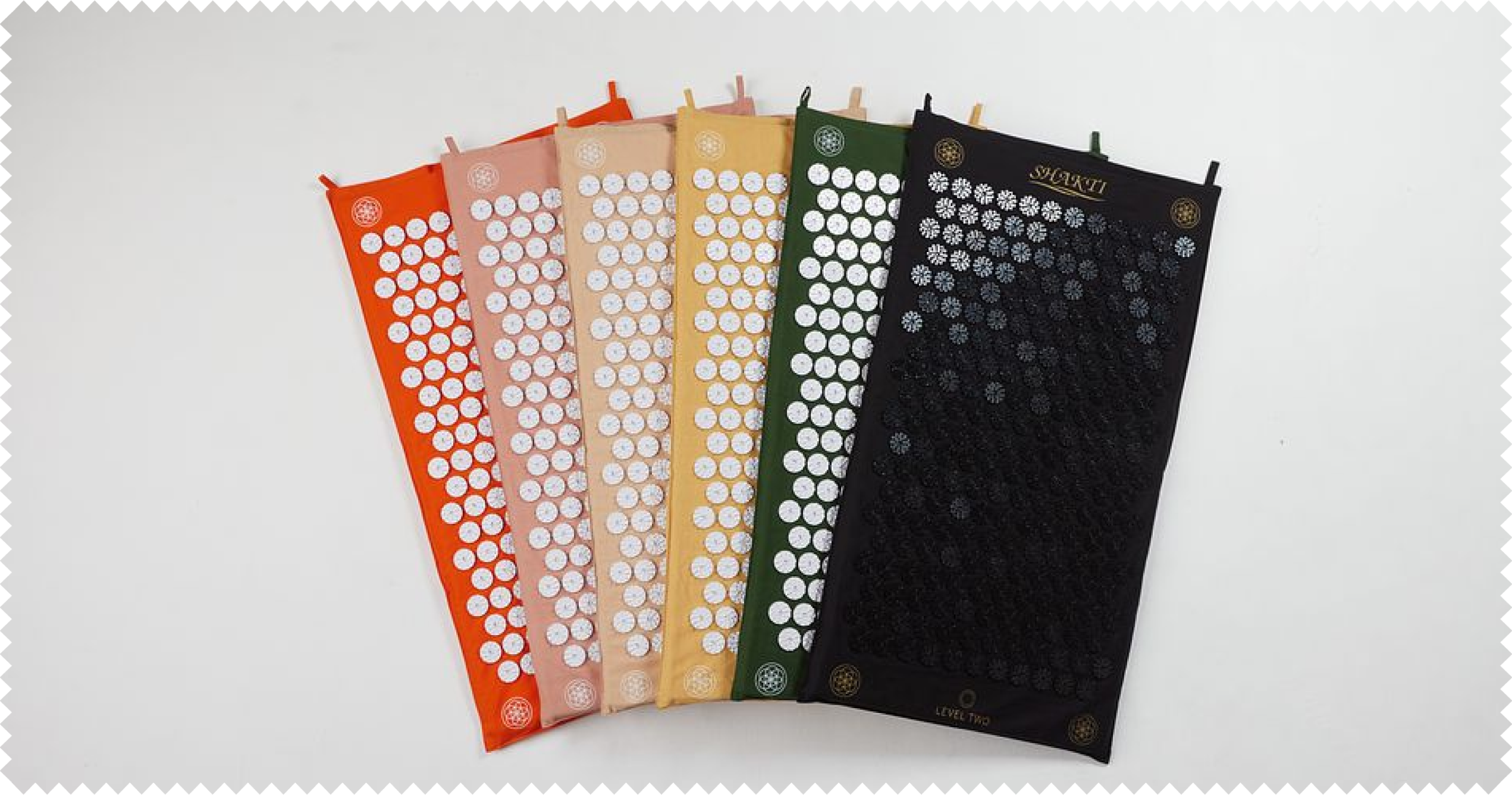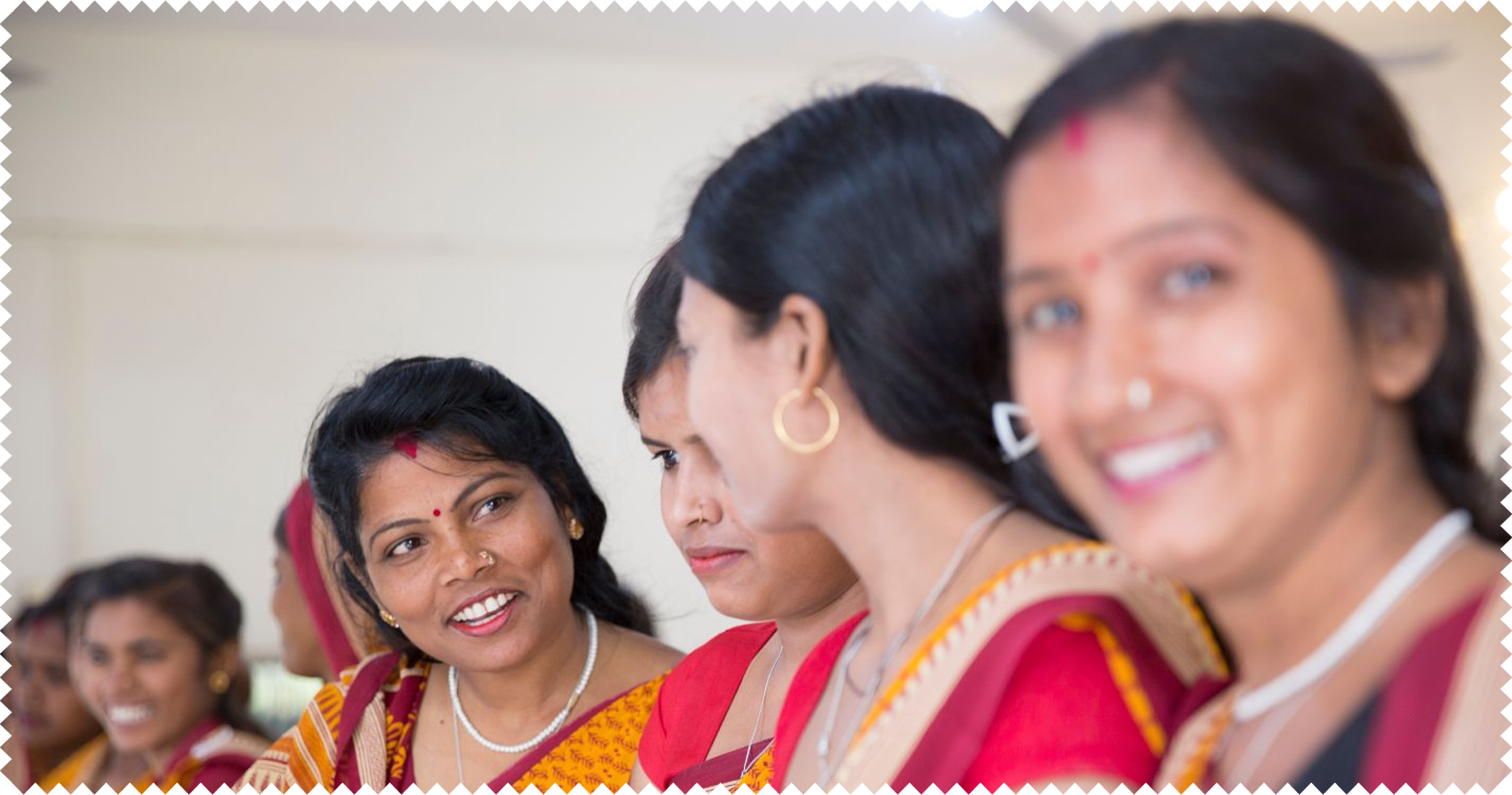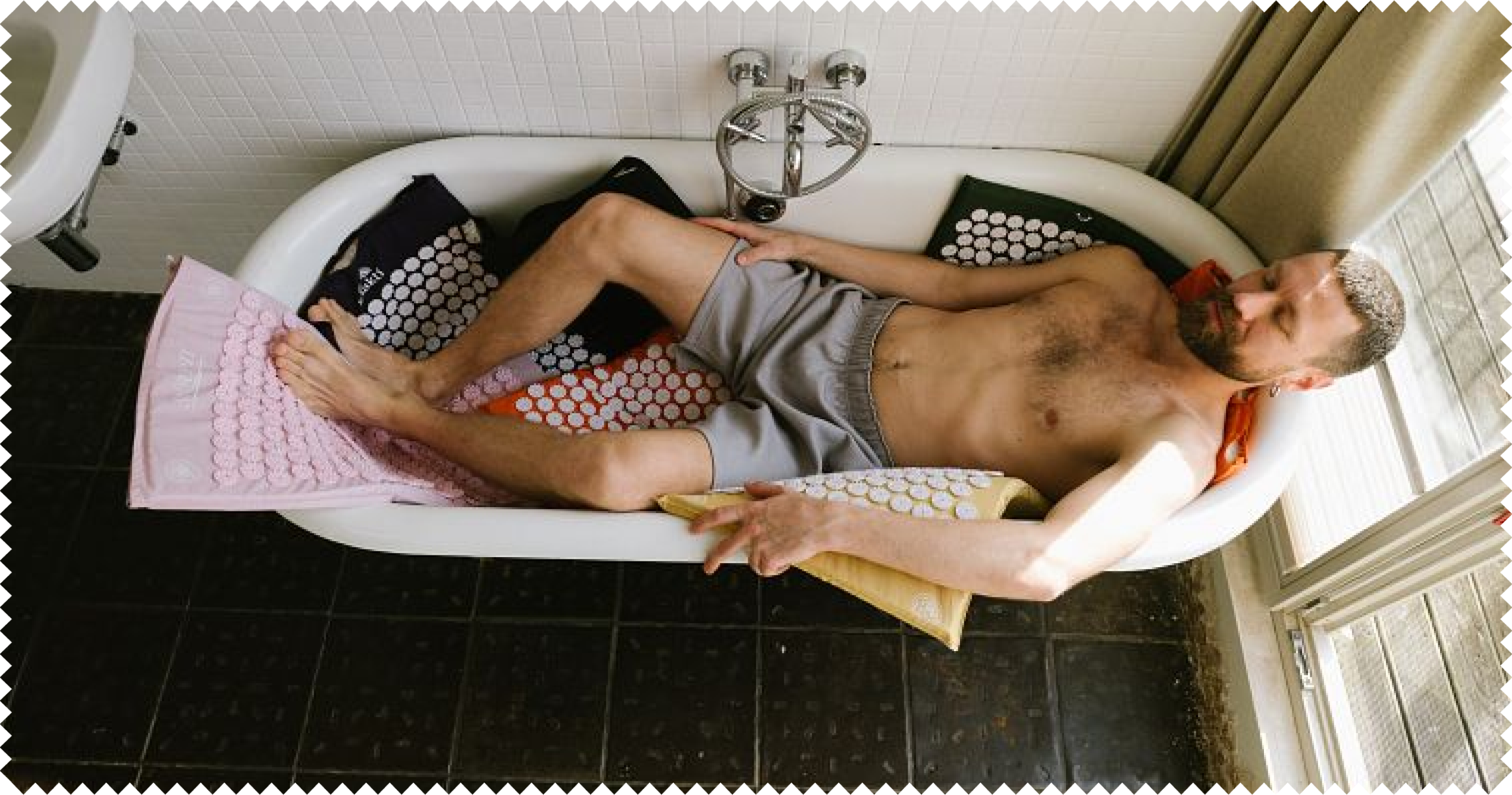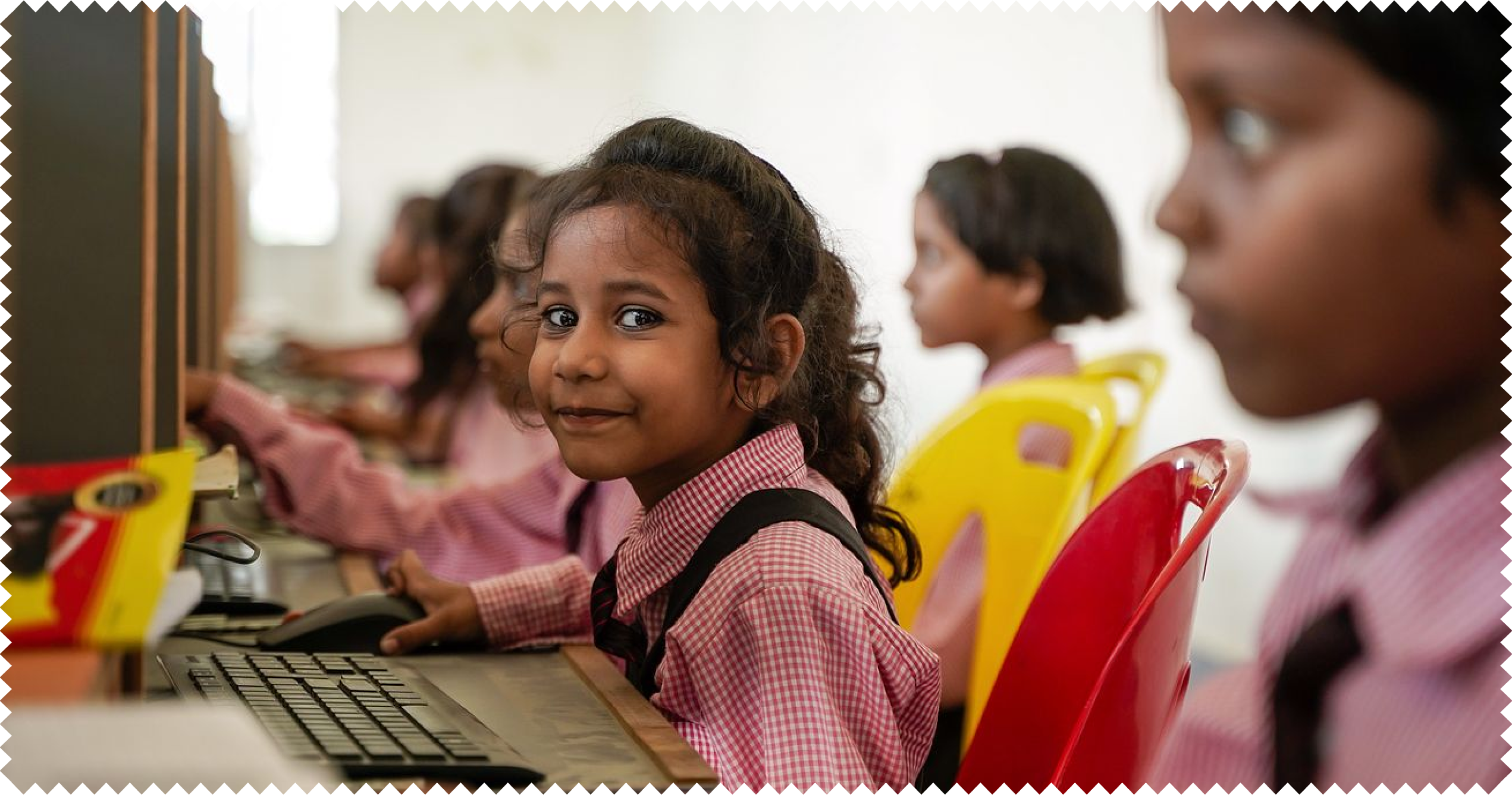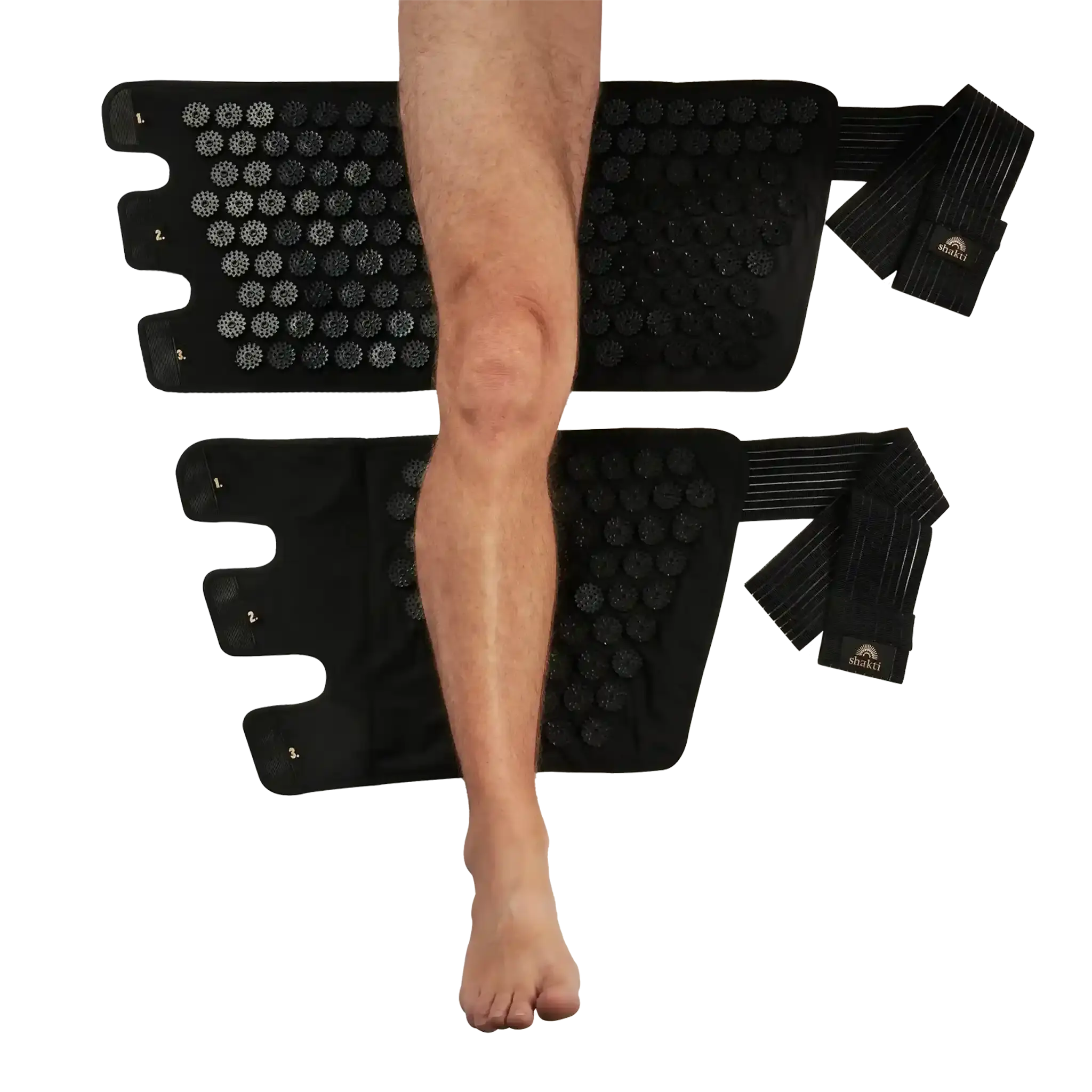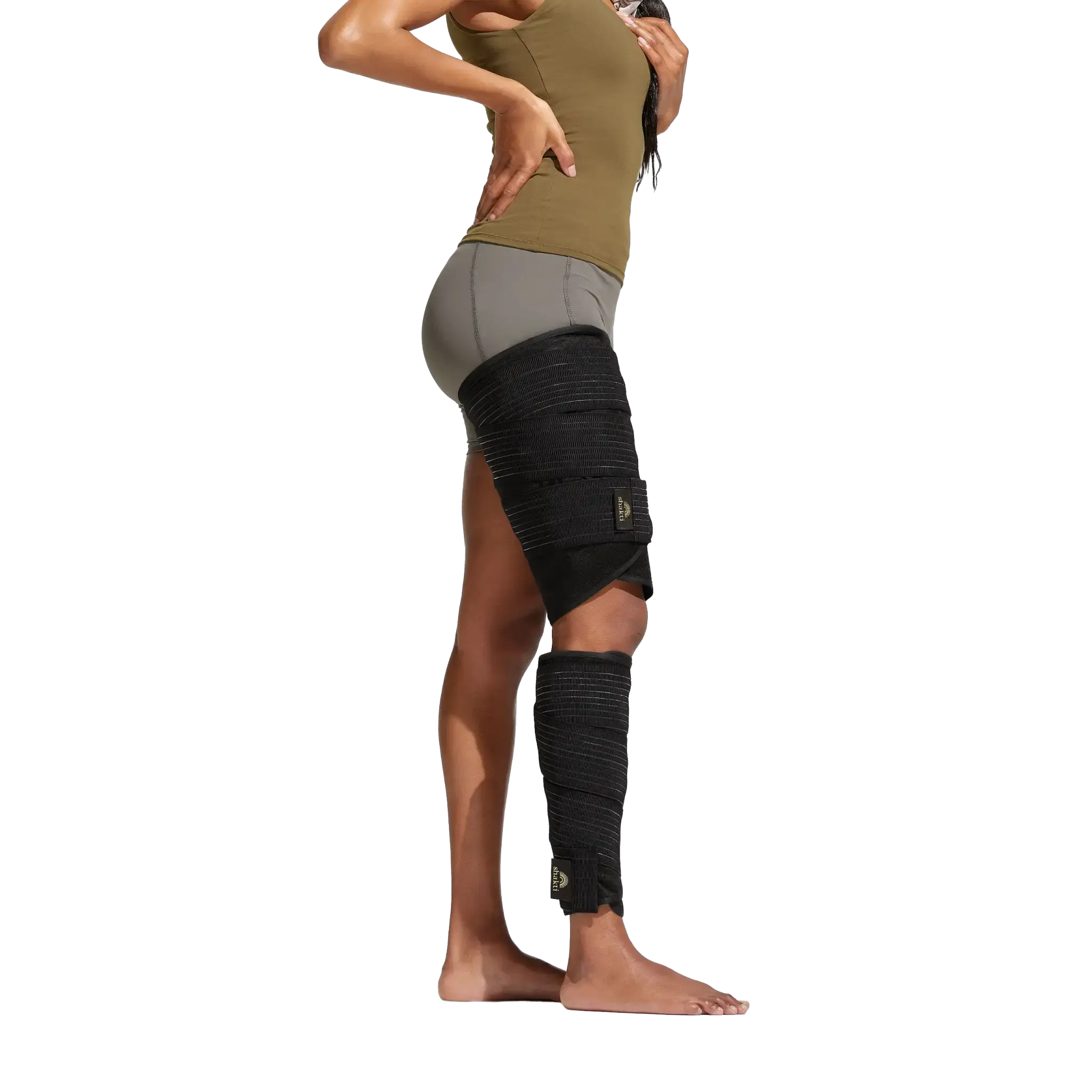Sport is murder? We spoke to two competitive athletes for whom sport is one thing above all else: passion. The right mindset and continuous training drive us humans to peak performance. However, to stay healthy and active in the long term, recovery is just as essential for success as training and discipline.
Sprinter Sina Mayer and ICE and open water swimmer Peter Plavec told us what they do to prepare their bodies for high levels of stress and how acupressure helps them to recover.
Content
2. regeneration after sport increases performance
3. how the body can regenerate properly after sport
Life in competitive sports
Can you briefly tell us how you got into your competitive sport and why you are passionate about it?
Sina Mayer: Sport has always been an important part of my life from an early age. From gymnastics to rope skipping, I started sprinting at the age of 14. At school, I was active in the athletics club and excelled in sprinting. On the advice of my teachers, I then joined an athletics club and after six months of athletics training, I qualified directly for the German Youth Championships in the 100m.
To have the perfect race, everything has to be just right from the starting gun to the finish line in the 100 m sprint within 11 seconds. It's a kind of flow experience and a great feeling when you reach the finish line. But you don't have this "flow" in every race.
Peter Plavec: I am addicted to swimming. Spending time in the water (preferably very cold) helps me to clear my head and keep my body fit. I started ice and long distance swimming about 4 years ago. My performance has developed very well in this short time and since then I have taken part in many competitions - both nationally and internationally - with me. In the summer, I will try to break a Guinness World Record with my team.
What physical and mental challenges does the sport bring?
Sina Mayer: The biggest physical challenge is to push your body to its limits in daily training and to keep going beyond fatigue. However, the mental component is crucial in sprinting. If your head doesn't play along and you tense up during the run, you can be as physically fit as you like. So you need the right balance between relaxation and tension.
Peter Plavec: I do a very mentally and physically demanding sport. It's always a mental challenge to get into water below 5 degrees and start swimming or jumping into the water when you know that the distance is over 20 km. It's especially difficult when the weather is very gray and cloudy or it's even snowing and raining. But the incredibly nice feeling afterwards always motivates me to do it.
Was there ever a situation for you where you wanted to stop doing sports? What made you want to continue?
Peter Plavec: There has never been a situation for me where I wanted to quit and I hope it stays that way. But if it were to happen, I would certainly remember the best moments and that would motivate me not to give up.
Do you have any tips for recreational athletes who want to move into the competitive arena? What steps can you take in your sport to achieve this and can you do this at any age?
Sina Mayer: You could get in touch with a professional trainer at an Olympic training center, for example. Based on their experience, they can then assess the next steps. From a certain age, the body is no longer able to cope with high levels of stress and achieve an increase in performance. However, age cannot be determined exactly and every body is individual.
Peter Plavec: You can start ice swimming and long-distance swimming at any age if you are fit according to your GP. If you want to do it competitively, I would advise everyone to contact a coach. With professional advice, you will develop much faster.
Regeneration after sports increases performance
Only those who allow themselves breaks will really benefit from (daily) training. For example, if you notice that you are not making any progress despite regular exercise sessions, this could be a sign that you are putting your body through too much. The keyword: recovery! Because we can only improve our performance by taking regular rest breaks. In sport and in many other areas of life. We have summarized how you can generally be more balanced and relaxed in our article on meditation and acupressure.
How did you come across the Shakti Mat and how do you use it personally?
Sina Mayer: I came across the Shakti Mat via Instagram. At first I found it very uncomfortable and now I love it and use it almost every day. The practical thing is that I can take the mat with me everywhere. I like to use it after hard training sessions to loosen tight fascia and stimulate blood circulation.
I simply wrap the mat around my thigh. On stressful days, I sometimes take time to lie down on the mat with my back relaxed and do a short breathing relaxation to wind down. I immediately feel better afterwards.
Peter Plavec: I saw the Shakti Mat for the first time with Austrian professional swimmer Marlene Kahler. She commented on social media that the mat helps her a lot with regeneration after training. I then researched the fact that many athletes use the mat and bought one straight away. I lie on the mat every second or third day; usually in the evening, after showering, for 20 minutes without a T-shirt and then I stand on the mat for another 20 minutes without socks.
Do you think that an acupressure mat for your sport could also be helpful for others - for sore muscles, for example? If so, how would you recommend they get started?
Sina Mayer: I think the Shakti Mat can be used by all athletes, regardless of their sport. It is a little uncomfortable at first and you need patience to get used to the acupressure points. However, the positive effects then outweigh the discomfort with regular use. If you are very sensitive to pain, I would recommend wearing a thin piece of clothing at the beginning.
Peter Plavec: I am fully convinced that the Shakti Mat can help every athlete a lot! It's great for sore muscles, muscle tension, blood circulation in the muscles, but also for general well-being or to help you fall asleep after a hard workout. I recommend that beginners lie down on the mat for a short time and then keep increasing the time. At the beginning with a thin T-shirt and then later without.
With what other techniques for regeneration or preparation do you think acupressure can be well combined?
Sina Mayer: [For example] with a fascia ball [...]. As the mat tends to cover a large area, the fascia ball can then be used to work on specific points.
Peter Plavec: I usually combine the Shakti Mat with stretching exercises and a fascia roll. This combination relaxes me and my muscles best and gets me ready for the next day.
How to properly regenerate the body after exercise
There are various ways to relax after sport. This list will give you inspiration on how to organize your recovery routine:
- Sufficient and deep sleep (there is a blog article on this with a sleep expert)
- Regularly alternate intensive phases with regenerative workouts and complete breaks
- Recharge your energy levels with good, balanced food
- Correctly interpreting the bastard: Do you just not feel like it or is your body actively calling for rest?
- Make the most of the recovery phase. You can find expert tips on this in our article on self-care
Finally, can you briefly tell us why preparing your body properly before and after a competition is so important for you personally?
Sina Mayer: My body is exposed to high levels of stress every day, so preparation and follow-up work is just as important in daily training as it is in competition. It is extremely important to prepare the body for the upcoming stress in order to minimize the risk of injury. The body is my capital, so to speak, and health is the most important thing!
Peter Plavec: I think the preparation and follow-up work is just as important as the training itself. You have to prepare your body well in order to deliver the best possible performance. If you don't recover and regenerate properly afterwards, you won't be fit enough for the next challenge soon enough!
Whether at a competitive level or simply as a leisure activity: Sina and Peter's experiences show us that the body and soul need to be relaxed as much as they need to be nurtured. Regular periods of relaxation are important so that body and mind can regenerate. The Shakti Mat can be a tool for organizing these rest periods.
You have never tried to lie down on the modern way of nail mat? Don't worry! We have summarized all the important info and tips for you, as well as the positive effects for certain complaints or just for general stress relief. You can share your experiences with others in our acupressure Facebook group.
Sources
- Thimo Wiewelhove (January 22, 2021) What's the best way to recover after sport? Retrieved June 3, 2021 from https://sportsandscience.de/2021/01/wie-erholt-man-sich-am-besten-nach-dem-sport
- Annelie Schrader, Regenerate properly! (Part 1). Retrieved June 3, 2021, from https://www.leichtathletik.de/training/grundlagen/richtig-regenerieren-1
- Dr. Stephanie Mosler, Regenerative nutrition. Retrieved June 3, 2021 from https://sportaerztezeitung.com/rubriken/ernaehrung/2592/regenerationsernaehrung
- Juliane Hemmerling, Juliane Hemmerling (20.01.2021) Recovery after training: How to regenerate properly. Retrieved June 3, 2021 from https://www.womenshealth.de/fitness/fitnesstraining/so-regenerierst-du-richtig
- When muscles need a break. Retrieved June 4, 2021, from https://www.ikk-classic.de/gesund-machen/bewegen/uebertraining



